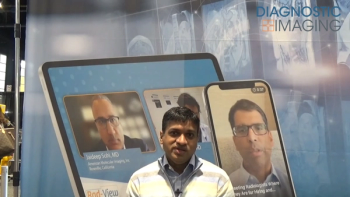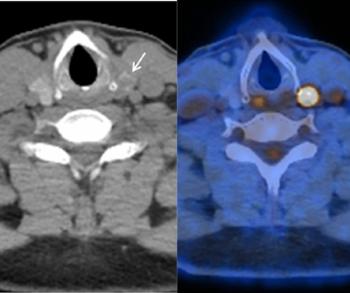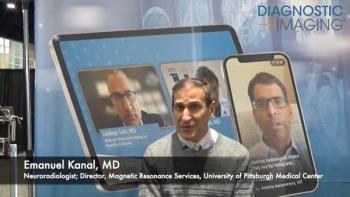
Report from SCCT: Dual-source beats single-source CT for reduced motion artifacts
In a head-to-head comparison of the Siemens 64-slice single- and dual-source scanners, researchers found the dual-source machine demonstrated significantly improved image quality, primarily by decreasing motion artifacts, despite the absence of pre-exam beta blockade.
In a head-to-head comparison of the Siemens 64-slice single- and dual-source scanners, researchers found the dual-source machine demonstrated significantly improved image quality, primarily by decreasing motion artifacts, despite the absence of pre-exam beta blockade.Dr. Robert Donnino and colleagues from New York University Medical Center retrospectively evaluated 339 single-source CT studies and 126 DSCT exams. This study was the first to directly compare the two technologies in reference to quality in humans, he said.
Researchers graded artifacts on a three-point scale:
- Grade 1: no artifacts
- Grade 2: some artifacts but luminal stenosis still evaluable
- Grade 3: severe artifacts that precluded evaluation of luminal stenosis
They considered an exam to have an artifact -- due to motion, calcium, or quantum mottle (body habitus) -- if any one of the 15 coronary segments was degraded. Exclusion criteria included those with prior revascularization with either stents or bypass surgery, metallic valves, or significant arrhythmia.
While 81% of the single-source cohort received beta blockers, none of the patients undergoing DSCT received the medication. Overall, Donnino and colleagues found artifacts (either Grade 2 or 3) in nearly 40% of the single-source exams and 30% of the DSCT studies (
p
<0.05). The number of exams with the presence of any degree of motion artifact was significantly higher in the single-source cohort compared with DSCT (16% versus 5%,
p
<0.001), despite significantly higher heart rates in the DSCT group. This result was consistent at all heart rates. The presence of Grade 3 calcium artifact was also reduced in the DSCT group (13% versus 3.2%,
p
<0.001)."When there is a lot of calcium in the vessel, it can create streak artifact and blooming, which is considerably worse when there is very slight cardiac motion. In support of that hypothesis, the improved temporal resolution might improve evaluation of segments where there is a large amount of calcium," Donnino said.
Newsletter
Stay at the forefront of radiology with the Diagnostic Imaging newsletter, delivering the latest news, clinical insights, and imaging advancements for today’s radiologists.




























